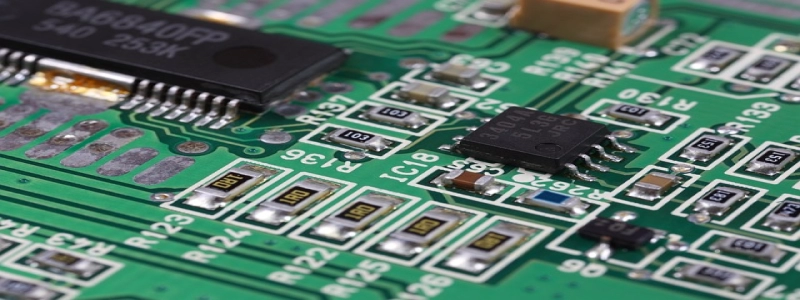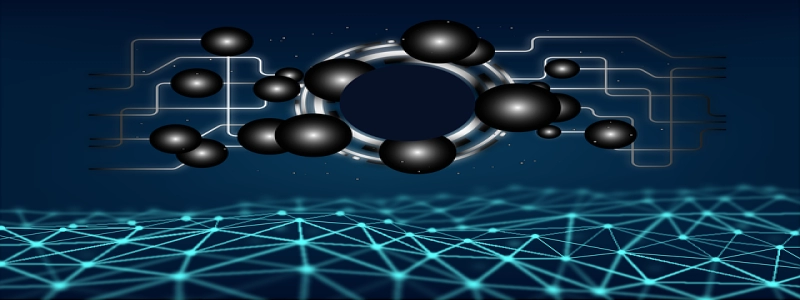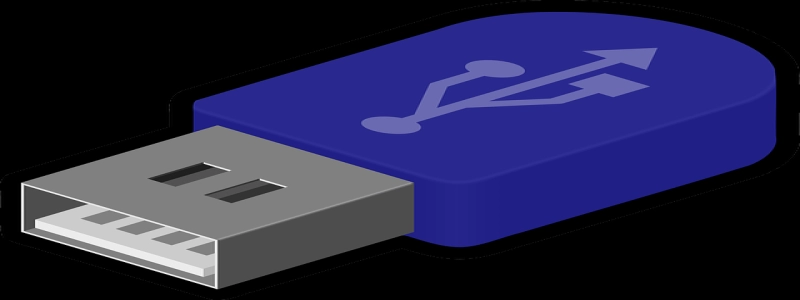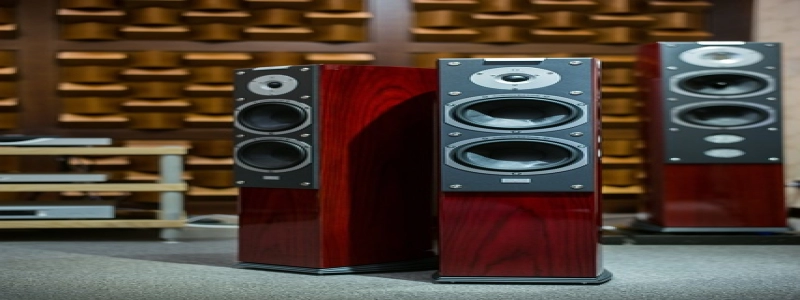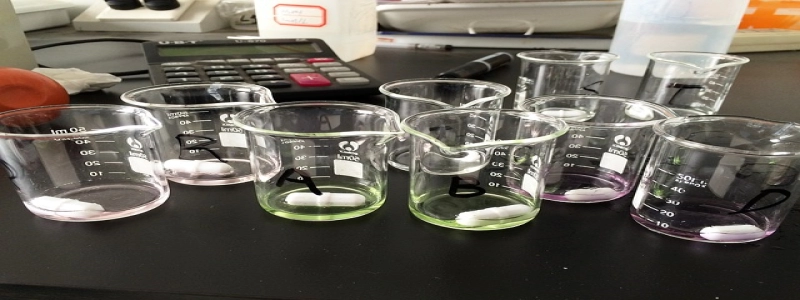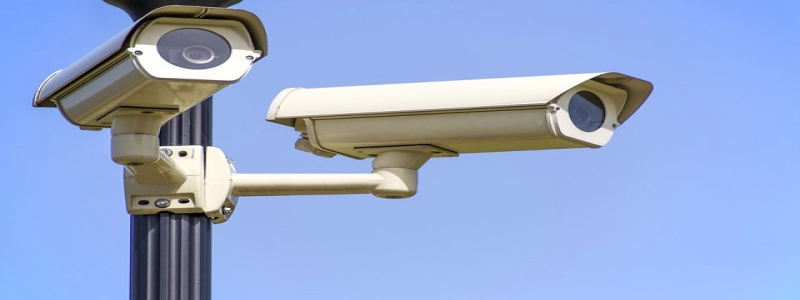Ethernet vs Patch Cable
導入:
Ethernet and patch cables are both commonly used in networking and communication systems. While they may appear similar at first glance, there are some key differences between the two. This article will explore the main differences between Ethernet and patch cables, including their usage, construction, and performance.
私. Usage:
– Ethernet cables: Ethernet cables are typically used to connect devices within a local area network (LAN) or to connect a device to a router or modem for internet access. They are commonly found in office and home environments and are used to transmit data between computers, printers, ルーター, switches, and other network devices.
– Patch cables: Patch cables, also known as patch cords or jumper cables, are often used in data centers or telecommunications rooms. Their main purpose is to connect network devices, such as servers, switches, and patch panels, to a network infrastructure. Patch cables are commonly used for short-distance connections.
Ⅱ. Construction:
– Ethernet cables: Ethernet cables are usually manufactured with twisted pairs of copper wires, which help to reduce electromagnetic interference. They come in different categories, such as Cat5e, Cat6, and Cat6a, each offering different levels of speed and performance. Ethernet cables may have insulation and shielding material for enhanced performance and durability.
– Patch cables: Patch cables are typically made with stranded copper wires, which provide flexibility and better resistance to bending and twisting. They are often terminated with modular connectors, such as RJ45 connectors, on both ends. Patch cables are available in various lengths and colors for easy identification and management.
Ⅲ. Performance:
– Ethernet cables: Ethernet cables are designed to support high-speed data transmission, usually up to 10 gigabits per second (Gbps) or more. The performance of Ethernet cables can be affected by factors such as cable length, category, and quality. Higher category cables, such as Cat6a or Cat7, can offer better performance and bandwidth compared to lower category cables.
– Patch cables: Patch cables are typically used for short distances, usually within a data center or a room. They are not designed for long-distance transmission but are capable of handling high-speed data up to 10 Gbps or more. Patch cables should have good signal integrity and minimal crosstalk to ensure reliable data transmission within a local environment.
結論:
In summary, Ethernet and patch cables serve different purposes in networking and communication systems. Ethernet cables are mainly used for connecting devices within a network or providing internet access, while patch cables are used for short-distance connections in data centers or telecommunications rooms. The construction and performance of these cables vary, with Ethernet cables offering higher data transmission speeds and patch cables providing flexibility and durability. Understanding the differences between Ethernet and patch cables can help users choose the right cable for their specific networking needs.
